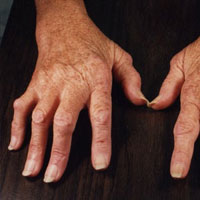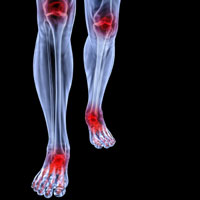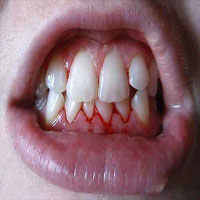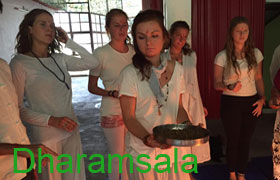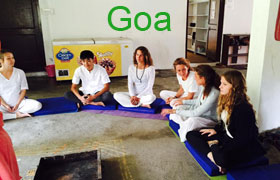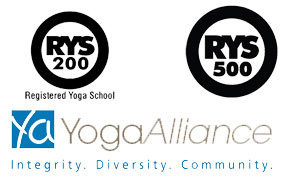Rheumatism
The expression ailment is inferred from the Greek word ‘rheum’, which implies a swelling. It alludes to an intense or endless disease which is described by ache and swelling of the muscles, ligaments and tendons, or the joints. A few conditions that were once given the general name of stiffness or called rheumatic sicknesses incorporate rheumatoid joint pain, osteoarthritis, lupus, fibromyalgia, and tendonitis. Every now and again immune system issue, since they remained anonymous yet created torment and also influencing different organs, were classed as stiffness. Sicknesses like lupus were especially defenseless to being called stiffness. Later comprehension of the movements of these ailments indicates that the issue is not brokenness of the joints, yet rather invulnerable frameworks that can assault joints, muscles and organs. Yoga has numerous viewpoints. Yoga practices might be adjusts to help the single person at whatever age or level of fitness. Stress has been recognized as expanding the force of ache and strain encountered by sufferers. Yoga breathing and other yoga systems help one to adapt and even defeat the issue. To look after or enhance the strength of joints they have to be taken through their full extend of development. Yoga postures could be worked on resting. Yoga practices show one to live right now – a capacity that pushes mending. Recuperating obliges vigor and much of our vigor is squandered on issues we can do little about. Yoga provides for them us a method of renewing this vigor. General practice of yoga asanas or postures enhances physical carriage, adaptability, stamina and quality. Yoga has much to offer to contemporary people and it holds clear thoughts and practices which could be executed by numerous individuals who wish to carry on a sound, joyful and compelling life. In short, the thoughts and practice of yoga are the “missing” working manuals for the great working of the human structure. Yoga asanas extends the vertebrae to the greatest, and subjects the stomach area and its organs and muscles to a compelling back rub. The nerve focus and units along the spine are animated as they get a wealthier supply of blood. By practicing yoga your spine will bit by bit get to be more versatile and as it influences the kidneys it is a capable method for dispensing with the lethal waste that is the essential driver of joint pain and partnered protestations. Waste is the establishment of all illness. The yoga teacher training in Goa helps you to impart a good health with the help of different asanas.
Shalabhasana
Shalabhasana, the grasshopper, is the seventh of the 12 fundamental postures of hatha yoga, and the second of the three back-fortifying activities that are a piece of a typical hatha yoga class. The principle profits of the insect are to raise quality and adaptability in the back. The beetle is the counter-extend to the shoulder stand, the plough, and the situated forward curve. When starting the beetle, the resting carriage is carried out by lying on the stomach in place of the back.
Procedure
When starting, rest on the stomach, your hands making a pad under your head, one cheek resting staring you in the face. The toes ought to be touching together with the heels going into disrepair. Inhale profoundly in this position, feeling your guts pressing into the floor on every breathe, unwinding your physique a tad bit all the more on every sigh. Between each of the back-reinforcing activities, make sure to interchange the side of your head resting staring you in the face with the goal that both sides of your neck gain an equivalent unwinding. There are two stages to shalabhasana throughout a yoga class. The predominant stage is known as the half beetle, where each one leg is lifted and held one at once. Accompanying this is the full grasshopper where both legs are lifted together. The half beetle is a preparatory activity for the full grasshopper, reinforcing and serving to warm up the muscles of the back.
1.Assembles quality in the muscles of the easier back
2.Increments adaptability in the back
3.Particularly suggested for mitigating sciatica and torment in the more level back
4.Kneads the inward organs
5.Enhances processing
6.Reinforces the arms and shoulders
Benefits
1.Empowers swadhisthana chakra
2.Increments the digestive flame
3.Enhances fixation
Paschimatanasana
Procedure
Lie even on your over with legs near one another. Gradually raise the head, midsection and trunk until you are sitting up. Be cautious and never raise the legs of the floor or twist the knees. Presently sigh gradually, in the meantime bowing forward until you hold your toes. Hold this position for 10 seconds. You need to touch your knees with your face while keeping the legs completely augmented. This will make a sharp bend at the base of the spinal section. Gradually come back to the upright position. Sniff. Lie back and unwind.
Benefits
1.Extends the hamstrings on the again of the legs
2.Extends and stretches the whole spine
3.Kneads the inside organs, particularly the digestive organs
4.Assuages digestive issues, for example, stoppage
5.Assuages issues with sciatica
6.Strengthens the apprehensive framework
7.Empowers manipura chakra (sunlight based plexus focus)
8.Offsets the prana inside the figure
9.Cools the psyche
10.Enhances focus

